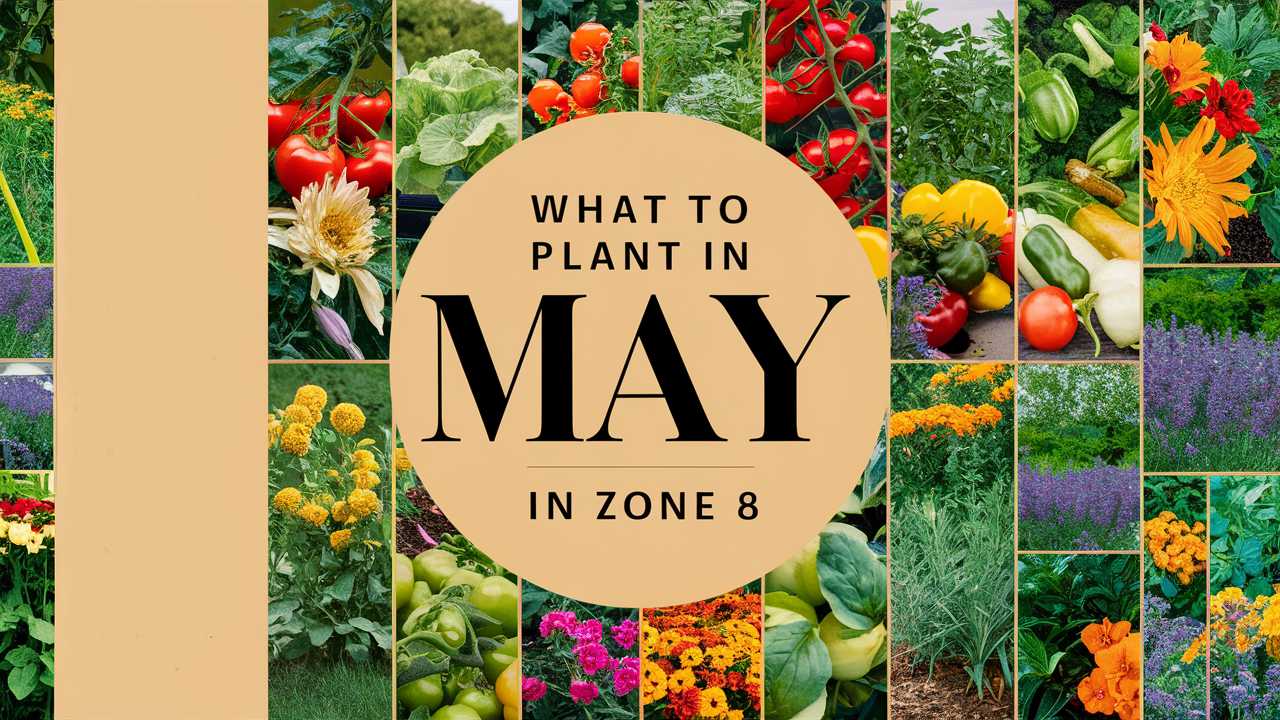On this page, we will explore a wide range of edible and landscape plants that you can plant in May in Zone to help you maximize your garden’s potential.
Warm Weather Vegetables To Plant
Tomatoes
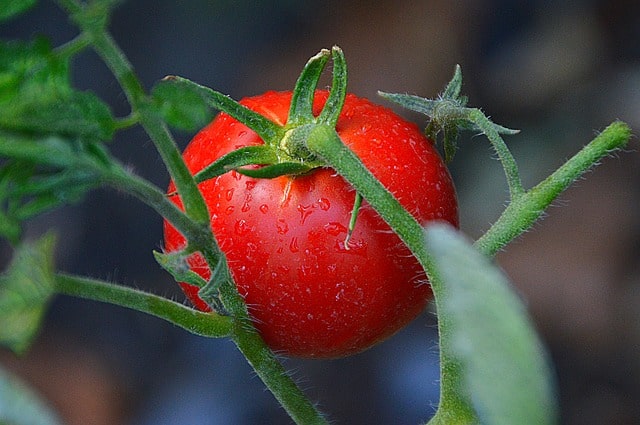
Tomatoes are one of the most popular garden vegetables and are perfect for planting in May, as they thrive in environments where temperatures are consistently between 70°F and 85°F. When planting, ensure to choose a sunny location, as tomatoes require at least six to eight hours of sunlight each day. Consider starting with disease-resistant varieties like ‘Early Girl’ for a quick yield. Planting tomatoes in well-drained, nutrient-rich soil is crucial; adding compost can help improve soil structure and nutrient content. Stake or cage them early to avoid stressing the plant later during its growth.
Peppers

Capable of producing sweet or spicy fruits, peppers should be planted in May after the soil temperature reaches at least 70°F. They prefer similar conditions to tomatoes, thriving in full sun, with ample watering to support fruit development. To encourage growth, consider using a balanced fertilizer before planting and then applying a slow-release fertilizer as the plants flower. Be mindful to space plants 18 inches apart to allow for airflow, which helps reduce the risk of blossom end rot and fungal diseases.
Eggplant
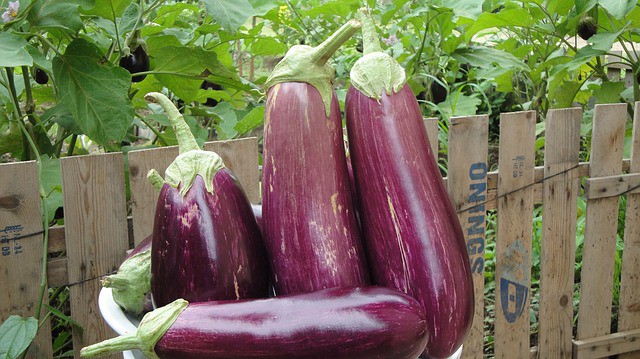
Eggplants flourish in heat, making May the ideal time for planting. These vegetables love full sun and can be grown in containers or traditional garden beds. For best results, amend the soil with organic matter to retain moisture and provide nutrients. Eggplants can suffer from pests like aphids and flea beetles, so consider using row covers early in the season to protect young plants, then manage pests with organic insecticidal soap if necessary.
Cucumbers
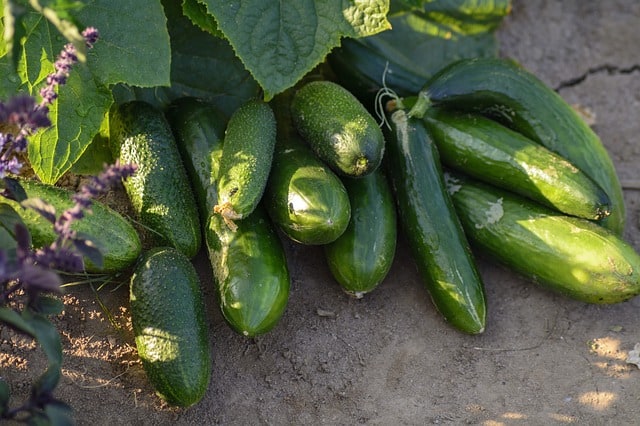
Cucumbers are quick-growing vegetables that do best in well-drained soil and sunny conditions. Planting them in mounds allows for better drainage, which reduces the risk of rot. Setting up trellises can save space and promote air circulation around the plants. Regular watering is essential, especially during dry spells, to prevent bitter-tasting cucumbers. You can sow seeds directly into the soil or start seedlings indoors for a jumpstart.
Squash
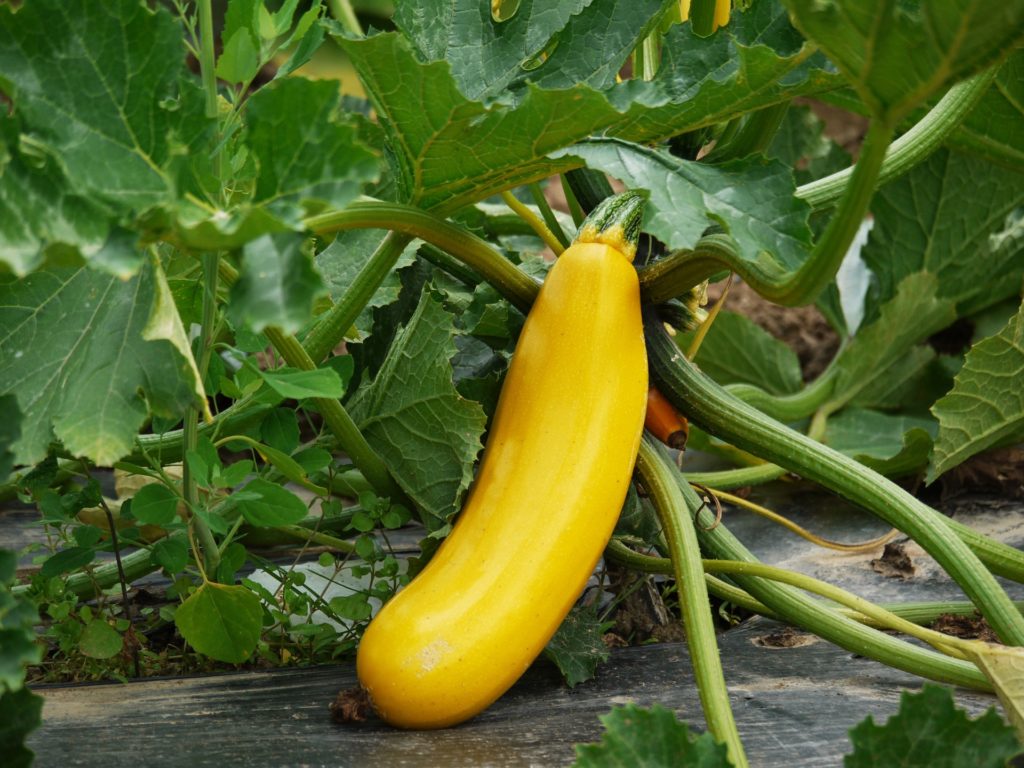
Zucchini and summer squash can be planted directly in the garden soil in May, utilizing the heat for rapid growth. Select a location with full sun and ensure the soil is rich in organic matter for optimal yields. To prevent common pests like squash bugs and vine borers, consider interplanting with herbs like basil or marigolds, which may deter these pests naturally. Hand-pollination can also boost fruit development during blooming.
Beans
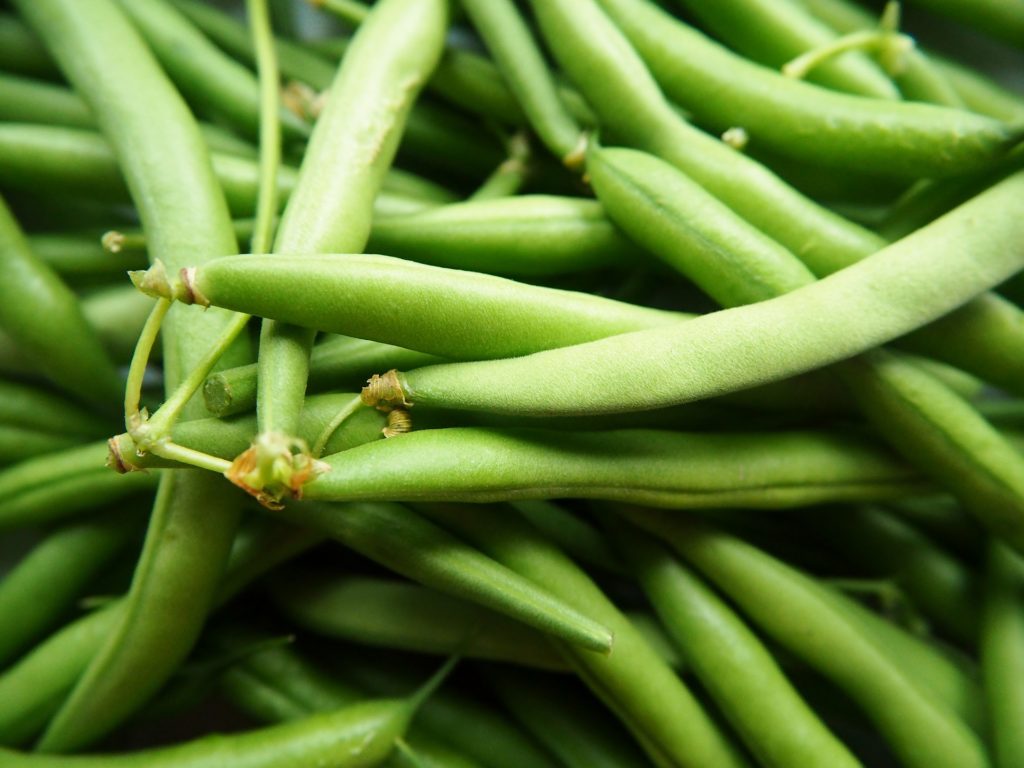
Beans are a warm-weather crop that can be directly sown in May when soil temperatures are warm enough. They enrich the soil naturally through nitrogen fixation, which benefits subsequent plants. Plant bush varieties for easier harvesting or pole varieties for vertical growth; both require adequate spacing for moisture and nutrient absorption. Regular but moderate watering is crucial during flowering and pod development to ensure a good harvest.
Corn
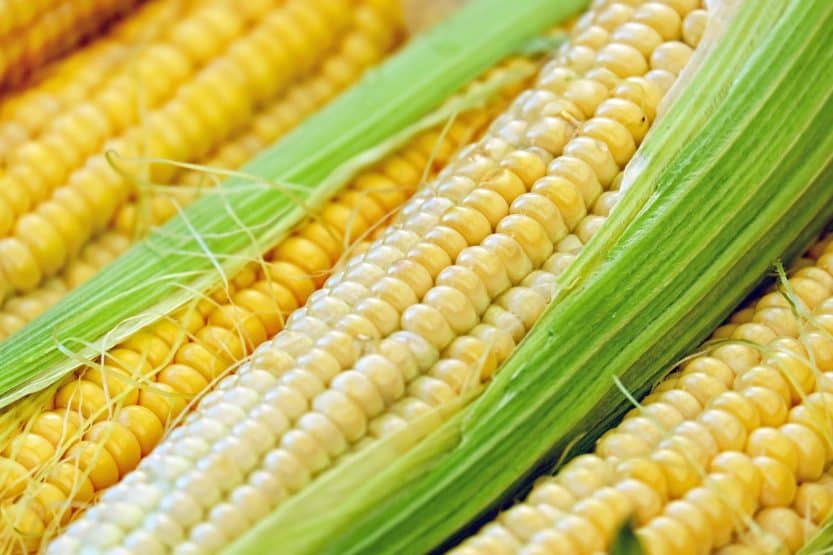
Corn is a classic summer vegetable that loves the heat, making May its ideal planting month. When planting, sow seeds in blocks rather than single rows; this ensures better pollination, which directly affects the yield. Corn thrives in rich, well-drained soil and benefits significantly from regular moisture during tasseling and cob formation. Using mulch can help retain soil moisture and suppress weeds.
Okra
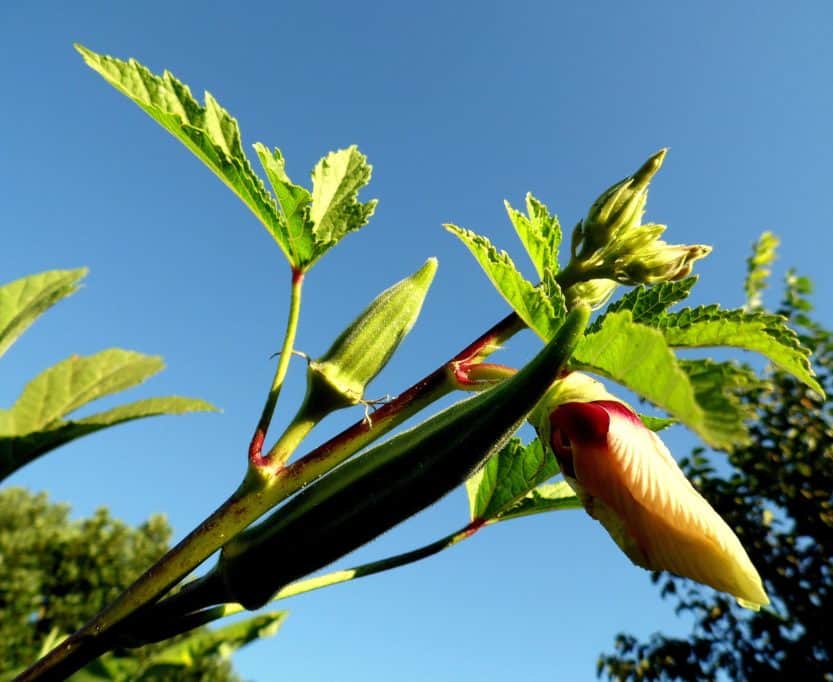
Given its love for warmth, okra can be a great addition to a May garden. Start seeds in a sunny spot with well-draining soil and watch for growth as temperatures soar. Its fleshy pods can be harvested early for tender eating, but allow them to grow larger for drying and cooking. Watering deeply but infrequently encourages strong roots, so be mindful of soil moisture levels!
Melons
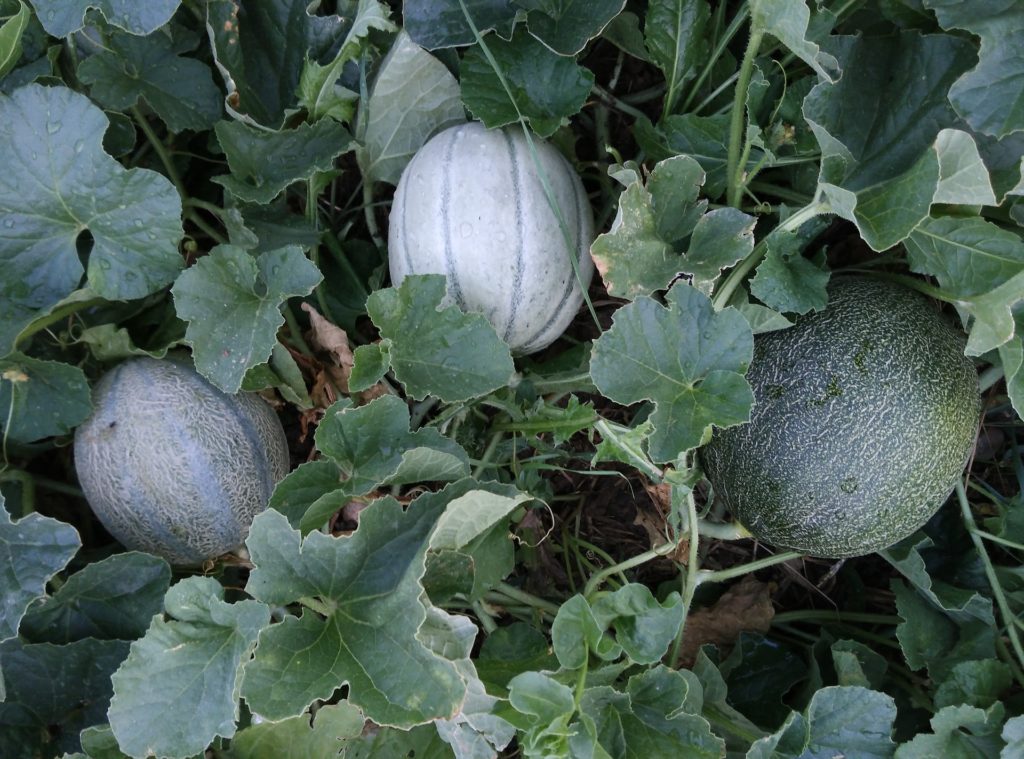
Melons thrive in the warmth of late spring and into summer. They prefer sandy or loamy soils and ample sunlight. Plant seeds directly in the garden with plenty of space for sprawling vines—ensure sun exposure for optimal sweetness. Use mulch to regulate soil temperature, keep moisture, and suppress weeds. When fruits begin to develop, try to keep soil consistently moist but not waterlogged.
Sweet Potatoes
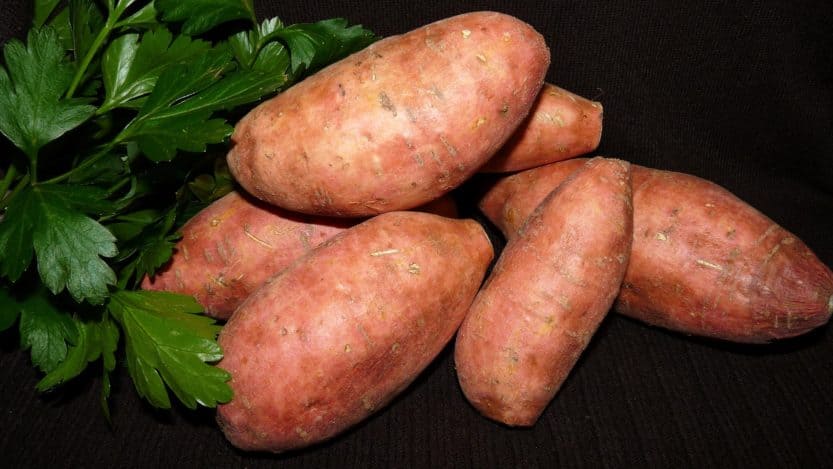
Planting sweet potatoes in May allows the tubers to develop throughout the warm summer months. They require well-draining soil and should be planted in mounds to encourage drainage. Providing adequate spacing is crucial, while the plants also accept regular fertilization, especially if the foliage turns yellow. Keep the soil moist, as this helps reduce stress during the hot summer.
Warm Weather Flowers To Plant
Flowers planted in May help brighten the landscape and add color and pollinator activity. Here’s a closer look at ten vibrant options, including tips for successful planting:
Marigolds
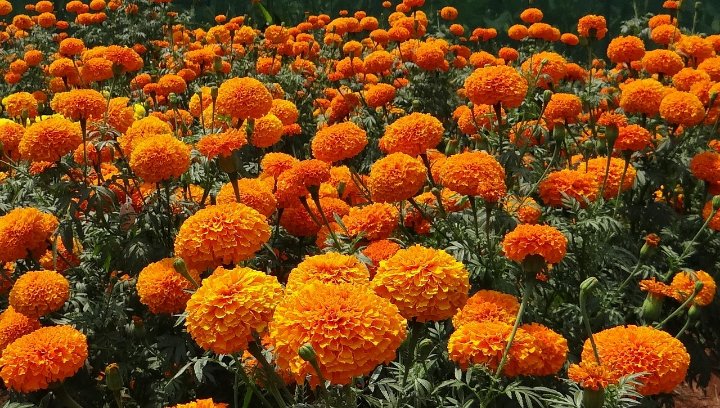
Marigolds are not only delightful to look at but also help deter pests. They’re particularly effective around vegetable gardens. When planting marigolds, ensure full sun and well-drained soil. They are drought-tolerant once established, so be cautious with over-watering. Deadheading spent blooms encourages continued flowering, making them a great summer companion to any vegetable crop.
Zinnias
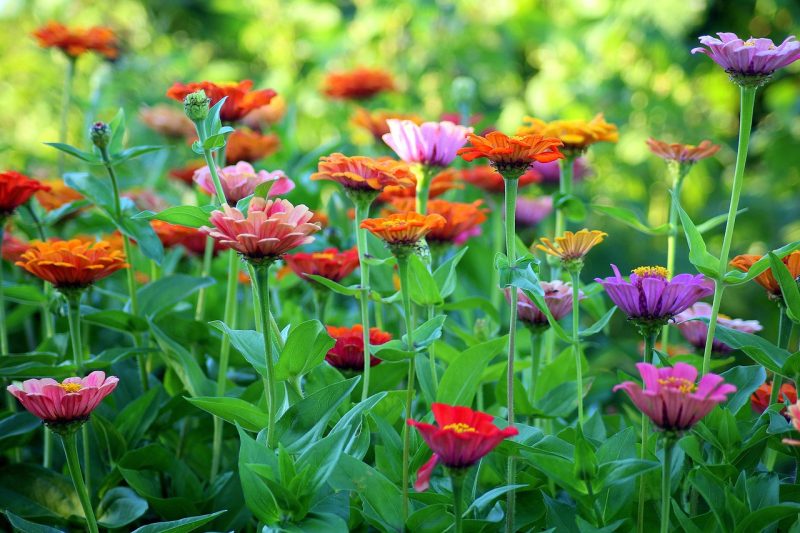
Zinnias are cherished for their bright, bold colors and are excellent for cutting gardens. Plant them in well-drained soil with full sun exposure. Zinnias grow quickly, attracting butterflies while providing continuous blooms when deadheaded consistently. They also thrive in poorer soils, making them ideal for less fertile garden spots.
Petunias

Petunias come in striking colors and can be planted in the ground or containers. They thrive in sunny locations and need regular watering, especially when planted in pots. Deadheading helps prolong their blooming period, so make sure to trim spent flowers regularly. Fertilizing every few weeks with a water-soluble fertilizer will encourage vigorous growth and prolific blooming.
Salvia
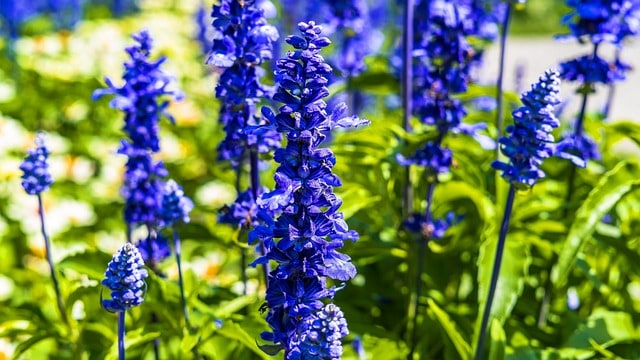
Salvia brings not only color but also attracts hummingbirds and butterflies. Plant salvia in well-drained soil with ample sunlight for the best performance. These perennials are drought-tolerant once established, requiring minimal upkeep after they are settled. Pruning after the blooming season encourages bushier growth in the following year.
Cosmos
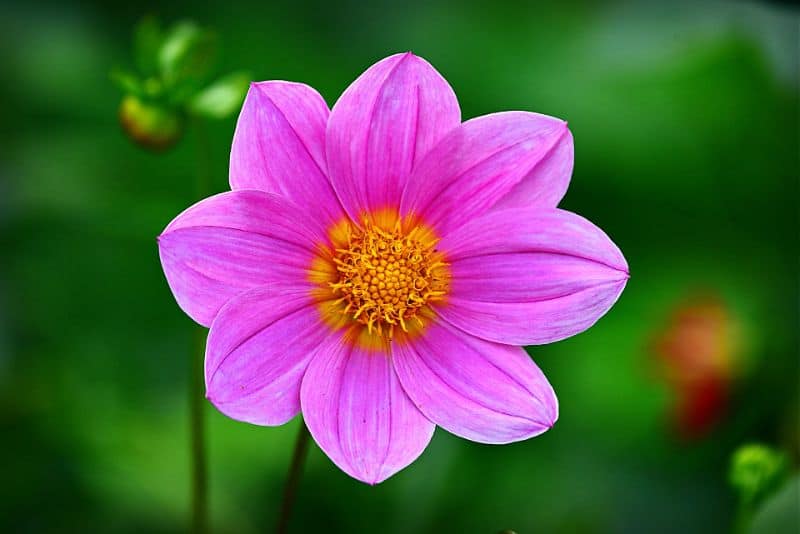
Cosmos are known for their signature frilly blooms and are exceptionally easy to grow. These flowers thrive in poor soil conditions but do best when given full sun. Plant them in blocks rather than rows to maximize their eye-catching display. Regular watering is necessary during dry spells, and deadheading encourages prolonged blooming throughout the summer.
Lantana
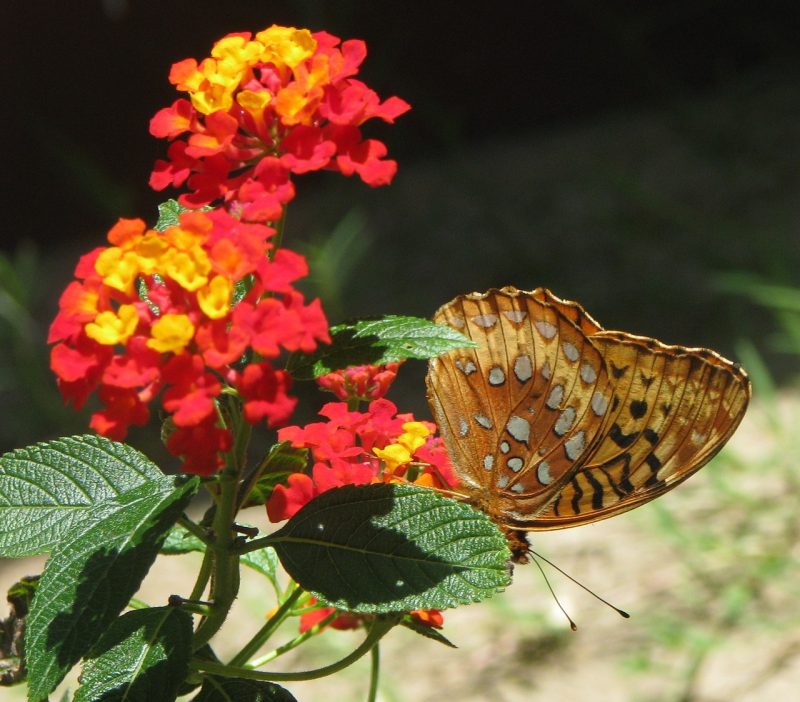
Lantanas are hardy and heat-tolerant perennials that provide long-lasting blooms. These colorful flowers thrive in sunny spots and can tolerate drought, making them perfect for low-maintenance landscapes. Lantanas also attract numerous butterflies. Ideal for containers or garden beds, they should be spaced adequately to promote good airflow and prevent mold.
Sunflowers
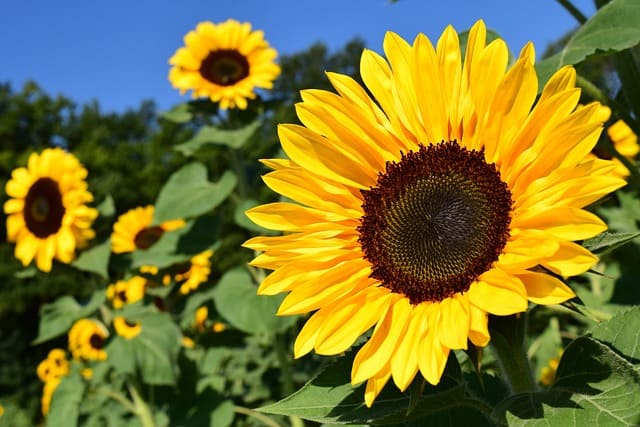
Sunflowers are a cheerful addition to any garden and make excellent cut flowers. They prefer full sun and well-drained soil. Planting them in blocks enhances pollination success. They can also attract birds that will munch on the seeds in the fall. Tall varieties may require staking for support. Regular watering is key during dry spells, especially during their early growth.
Coneflower (Echinacea)
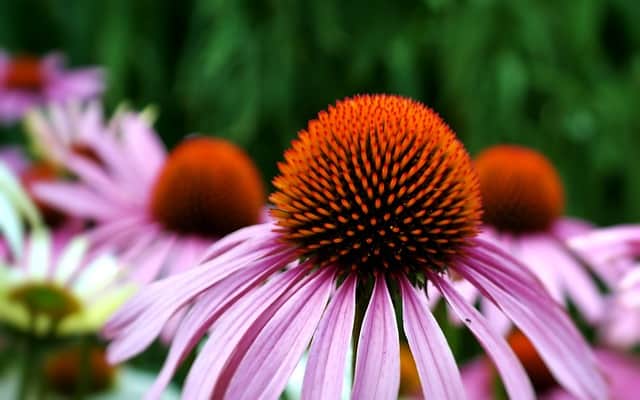
Coneflowers are native perennials that add a burst of color while attracting butterflies. They thrive in sunny spots and well-drained soil. Once established, they are quite drought-resistant, requiring minimal care. Heavily mulching around plants can help retain moisture while adding organic material to the soil.
Black-eyed Susans
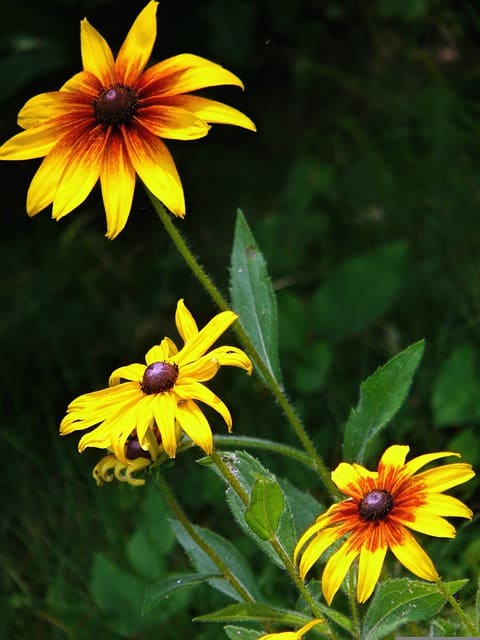
Black-eyed Susans are low-maintenance perennials that can adapt to various soil types. Plant them in full sun for the best bloom results. Once established, they can thrive during droughts, making them ideal for less-attended flower beds. Allowing them to self-seed ensures repeated blooms in subsequent years.
Dahlia
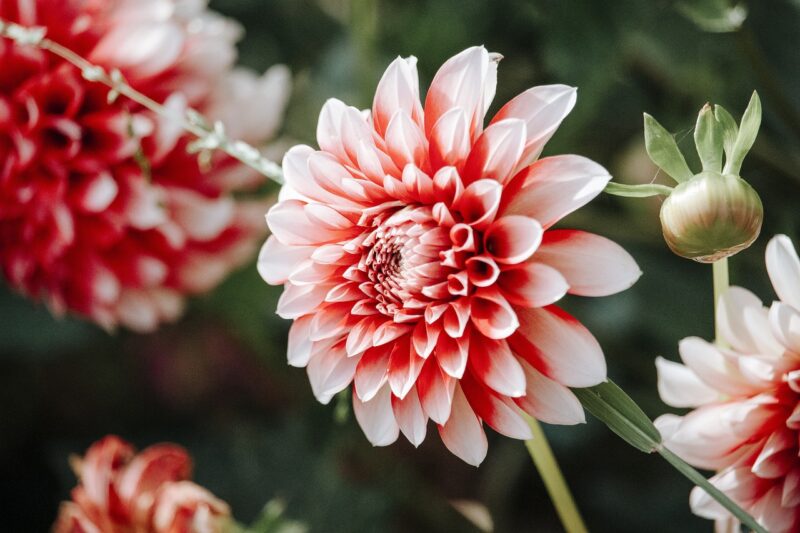
Dahlias produce some of the most stunning flowers in the summer garden. Plant them in late May for the richest blooms. They prefer full sun and rich, well-drained soil. Regular feeding with a balanced fertilizer throughout their growing season will encourage continuous blooms. Watch for pests and diseases, and consider staking taller varieties for support.
Warm Weather Perennial Flowers to Plant
Planting perennials in May is an excellent way to establish a garden that returns year after year. Here’s a deeper dive into ten perennial flowers ideal for this month:
Daylilies
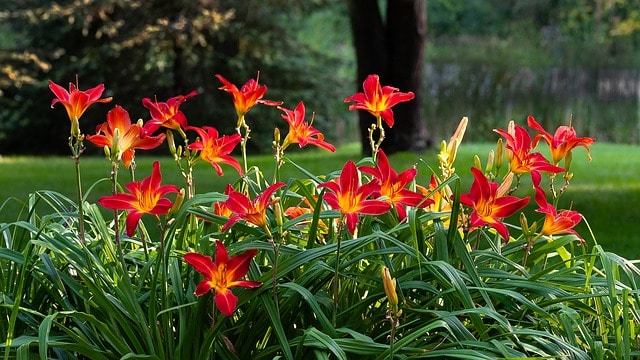
Daylilies are known for their resilience and ability to thrive in many different conditions. They prefer well-drained soil and full sun, and once established, they are quite drought-tolerant. Planting them in clumps creates a striking display. Daylilies require minimal care, making them perfect for beginner gardeners.
Lavender
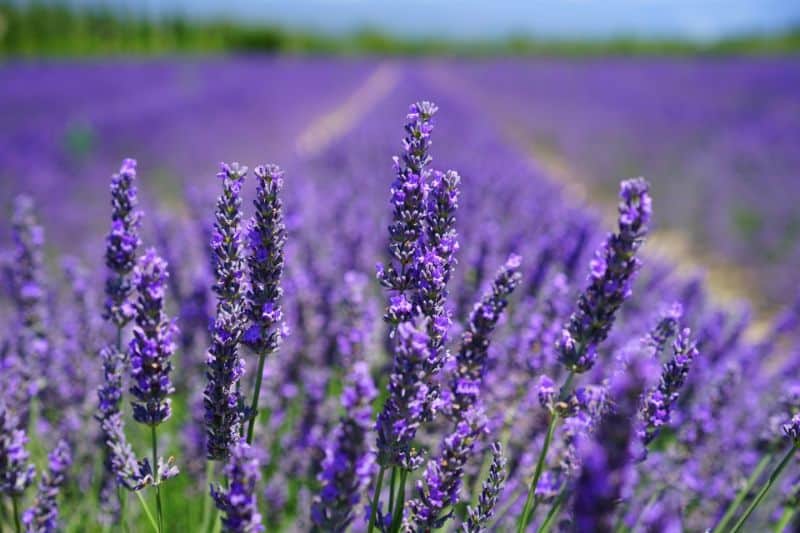
Lavender is a beloved, fragrant perennial that thrives in sunny spots with well-drained soil. Planting in May allows for establishment before hot summer temperatures. Regular pruning encourages dense growth and enhances flowering. Lavender is drought-tolerant, requires minimal watering, and can attract beneficial pollinators to the garden.
Helenium (Sneezeweed)
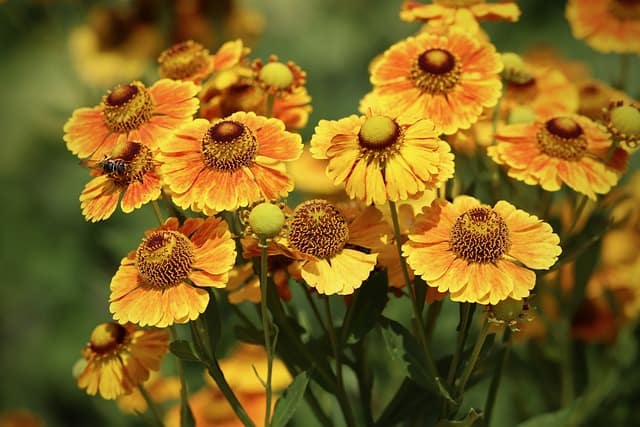
Helenium thrives in warmer temperatures and full sun, producing colorful flowers that attract bees and butterflies. They prefer moist, well-drained soil; thus, regular watering is important during dry spells. Deadheading promotes a longer blooming period, ensuring vibrant colors throughout the summer.
Sedum
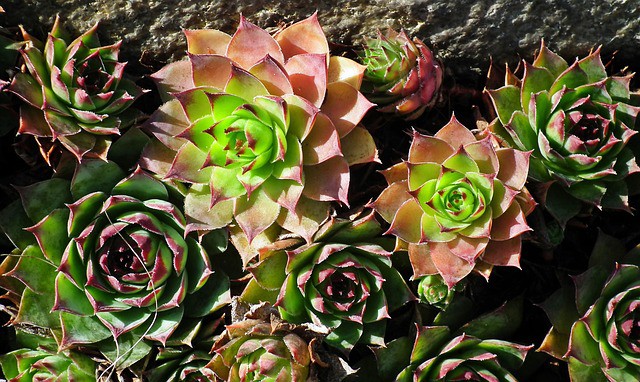
Sedums are excellent choices for drought-prone areas, thriving under various conditions. They prefer full sun and will flourish in sandy or rocky soils. These hardy perennials require minimal maintenance and can add texture and variations in color to the garden. Their late-season blooms attract various pollinators, enhancing the biodiversity of your garden.
Russian Sage
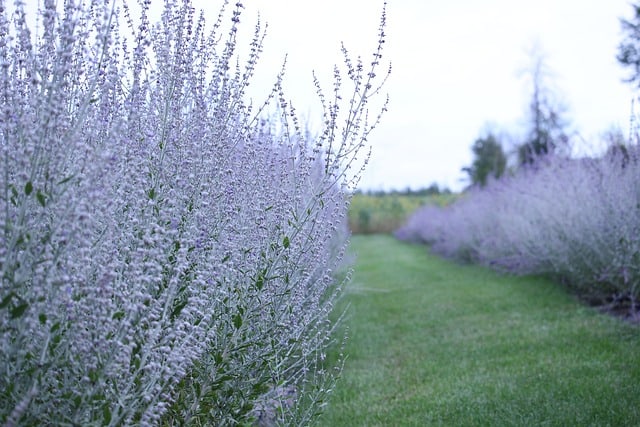
Russian sage’s tall, airy structure and aromatic foliage provide both color and fragrance. It prefers full sun and is drought-tolerant once established, contributing to soil stability. Pruning in early spring encourages bushy growth and abundant summer blooms. This perennial thrives in lean soils, making it a low-maintenance choice.
Catmint
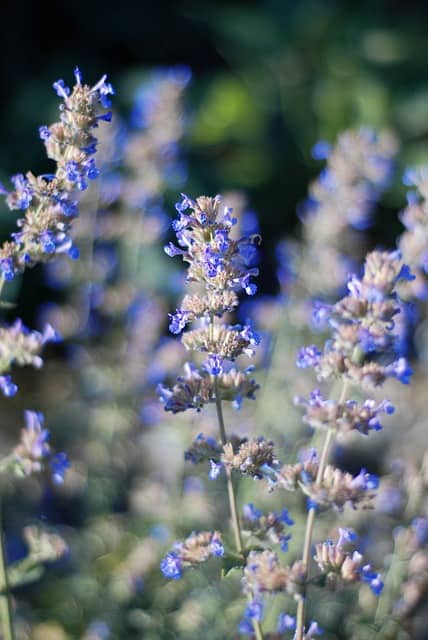
Catmint is a hardy perennial that produces bluish flowers that bloom repeatedly throughout the summer. It thrives in full sun and tolerant of drought and poor soil conditions. It’s an excellent companion plant for attracting bees and butterflies to your garden, contributing to overall ecological health.
Gaillardia (Blanket Flower)
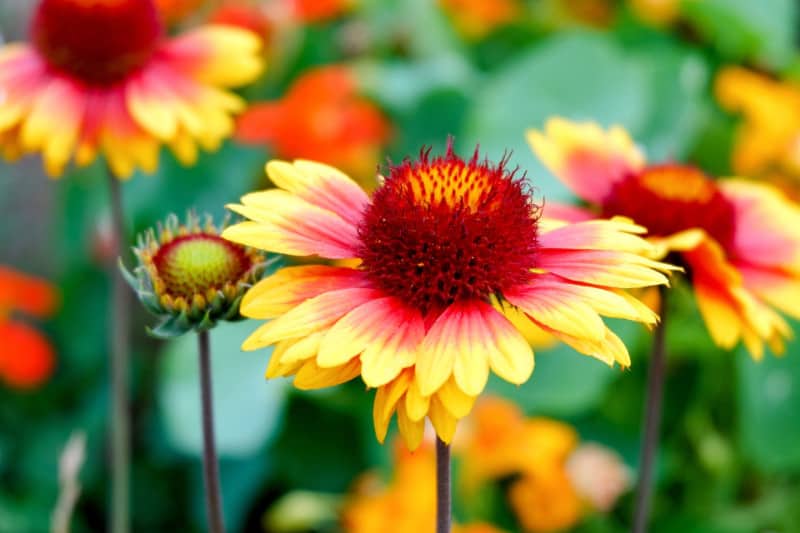
Gaillardia offers bright, cheerful blooms through summer and fall. They can thrive in full sun and poor soils, making them perfect for garden borders or rock gardens. These hardy flowers attract butterflies and require minimal care. During dry periods, regular watering aids in sustained blooming.
Coreopsis
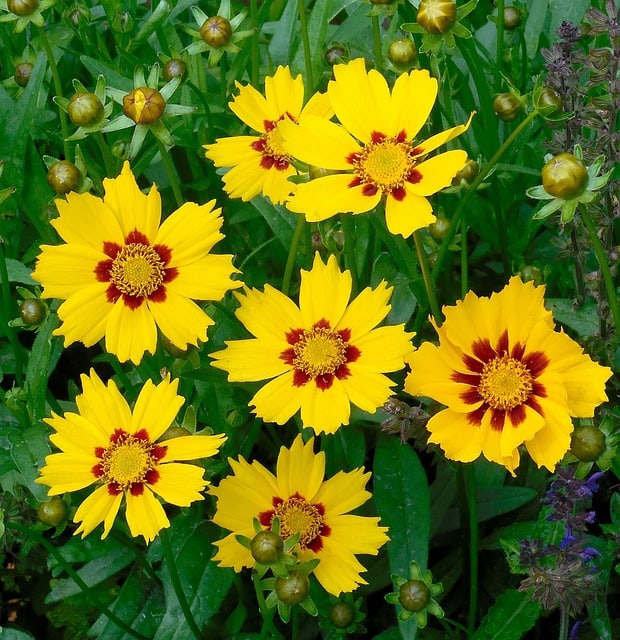
Coreopsis are admired for their bright yellow flowers that bloom throughout the summer. They prefer sunny locations and well-drained soil, thriving under less-than-ideal conditions. Regular deadheading encourages a longer blooming period, making them excellent companions in mixed flower gardens.
Astilbe

Astilbe thrives in partial shade and rich soil, adding brilliant summer colors to shaded garden areas. They require consistent moisture, especially in the heat of summer. Regular deadheading promotes continuous blooms, and they can also thrive in proximity to other moisture-loving plants, creating beautiful combinations.
Phlox
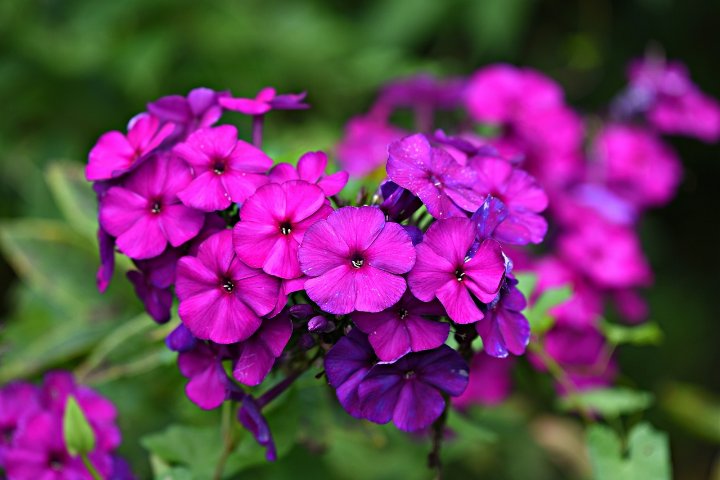
Phlox delivers stunning colors and delightful fragrances, making it a popular perennial choice. They thrive in sunny locations with rich, well-drained soil and are excellent at attracting pollinators. Regular watering is essential while they establish; deadheading promotes continuous blooms through summer.
Warm Weather Bulbs To Plant
Incorporating warm-weather bulbs into your May garden can enhance its beauty. Below are ten bulbs that thrive when planted in May, along with advice for successful planting:
Gladiolus

Gladiolus is a favorite for its tall, striking flower spikes that bring height to the garden. Plant bulbs 4 to 6 inches deep and 6 inches apart, ensuring full sun for optimal growth. Regular watering helps establish the bulbs, while staking can prevent breaking from strong winds. These flowers are also great for cut arrangements.
Dahlias
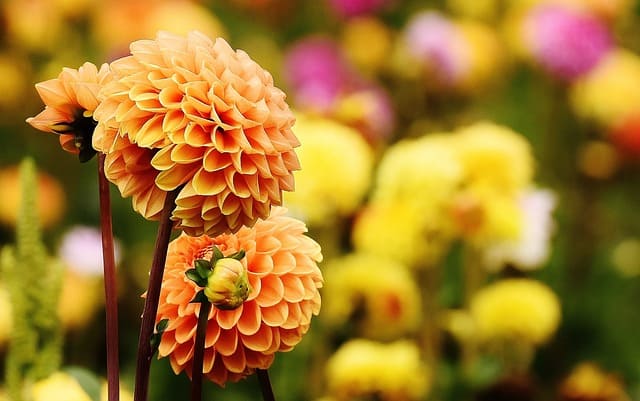
Dahlias come in many shapes, sizes, and colors, providing diverse options for gardeners. Plant tubers in May in well-drained soil and full sun. Frequent watering is necessary; however, avoid saturated soil conditions. Fertilizing with a balanced mix every few weeks fosters healthy blooms. Providing stakes helps support larger varieties.
Lilies

Lilies, including Asiatic and Oriental types, require well-drained, fertile soil with ample sunlight. They should be planted 6 to 8 inches deep and spaced based on variety size—larger varieties need more room. Regular watering throughout the blooming period encourages better development and larger blooms.
Cannas
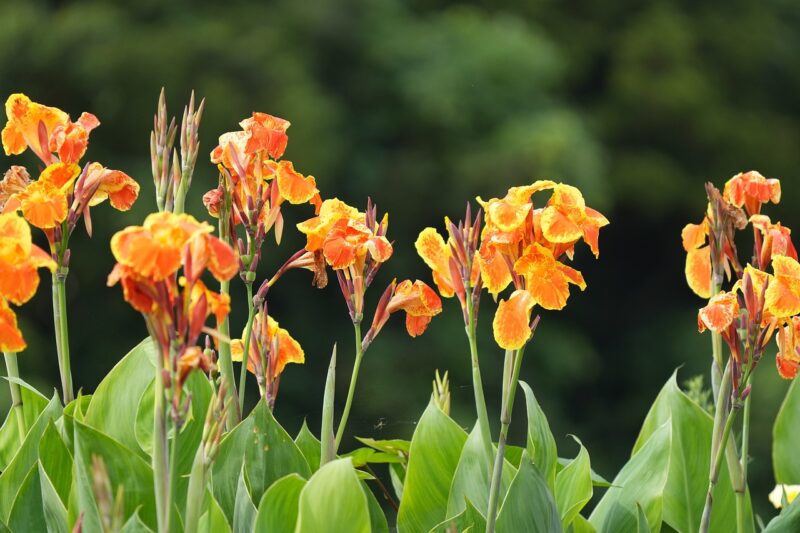
Cannas are known for dramatic foliage and vibrant blooms. They prefer full sun and thrive in rich, moist soil. Plant rhizomes about 4 to 6 inches deep, ensuring ample spacing for healthy growth. Regular watering and mulch can help retain moisture and suppress weeds.
Freesia
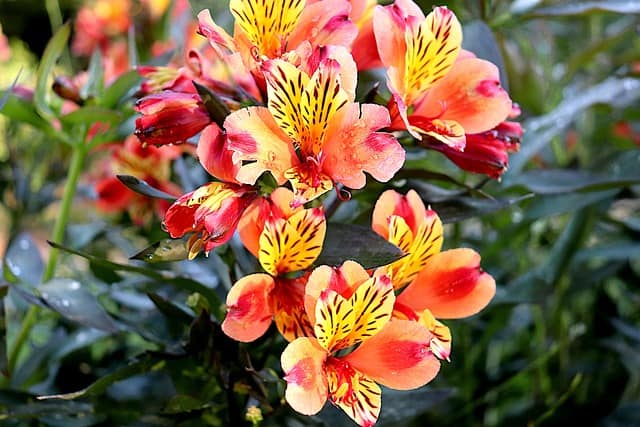
Freesias are known for their delightful fragrance and colorful blooms. Plant corms 2 to 4 inches deep in well-draining soil, ensuring good sunlight exposure. Regular watering helps establish the bulbs; however, avoid soggy soil, as that can cause rot. Planting them in succession will provide an extended blooming season.
Colchicum (Autumn Crocus)
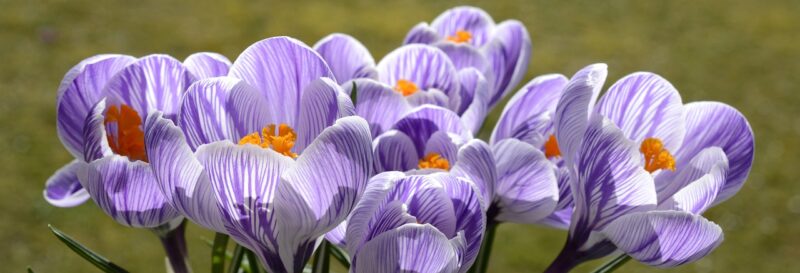
Colchicum bulbs can be planted in May for summer blooms. They prefer well-drained, moist soil and partial shade. Water well after planting and monitor for moisture as they grow. They thrive under varied conditions, making them versatile for perennial gardens.
Begonias
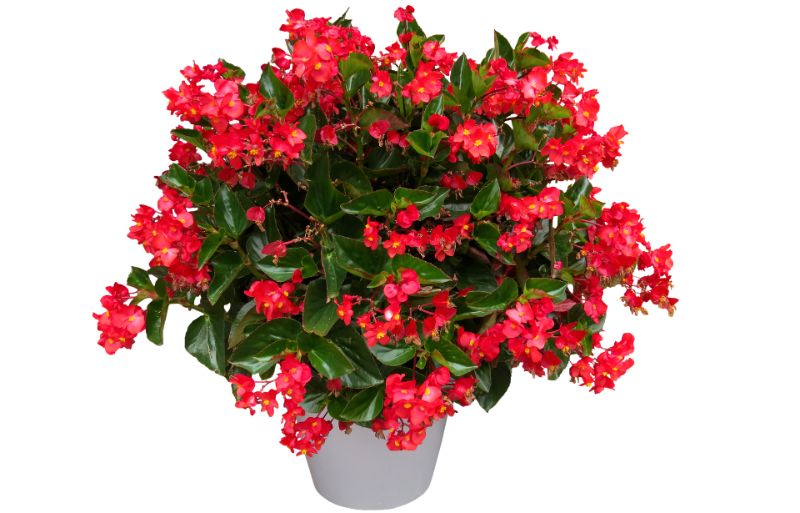
Begonias add color and lush foliage to shaded areas. Plant tubers in May, ensuring they are set in fertile, well-draining soil. Protect them from frost and harsh winds while they establish. Regular watering promotes strong growth, and adding a slow-release fertilizer will sustain nutrient levels as they bloom throughout summer.
Crocosmia
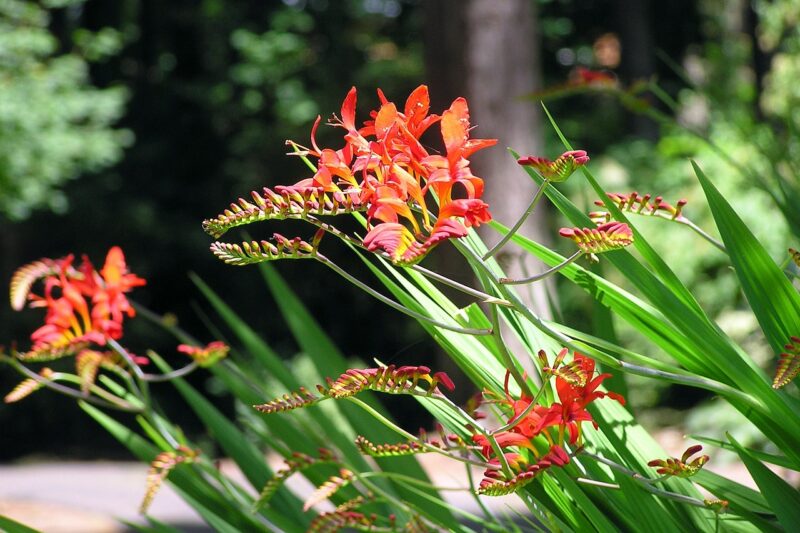
Plant Crocosmia 4 to 6 inches deep in well-draining soil and sunny locations for maximal bloom performance. They will thrive with regular watering, especially during dry periods, and should be spaced adequately for good airflow. Their striking flowers attract hummingbirds, adding charm to the garden.
Nerine
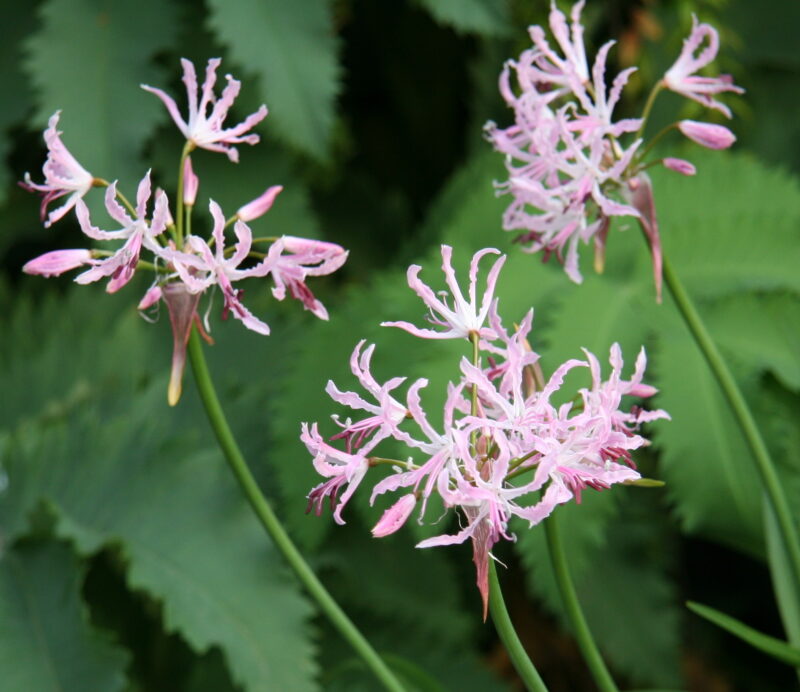
Nerines are striking bulbs that can handle heat. Plant them 3 to 4 inches deep in well-drained soil with ample sunlight. They thrive in dry conditions, making minimal water necessary once established. Fertilizing during their growing season promotes an abundance of blooms.
Anemone
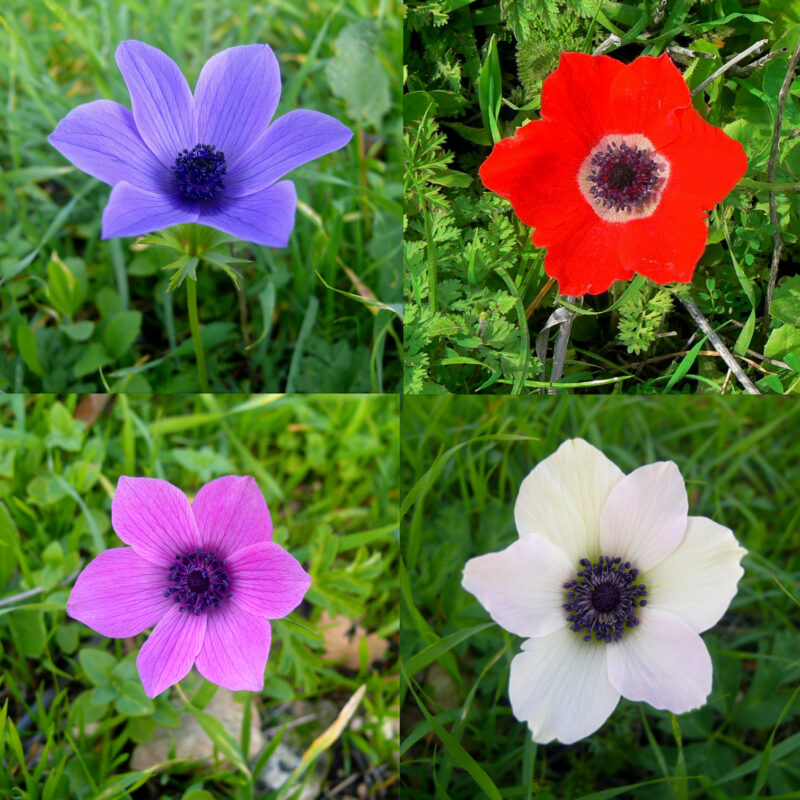
Anemones bring delicate blossoms that thrive in sunny or partially shaded areas. Plant them in well-drained soil about 2 inches deep. Water regularly during establishment, and deadhead spent blooms to encourage prolonged flowering throughout summer.
Warm Weather Fruits To Plant
In May, warm weather opens up opportunities for planting a variety of fruit-bearing plants. Here’s an expanded overview of best practices and essential information for growing fruits in this season:
Strawberries
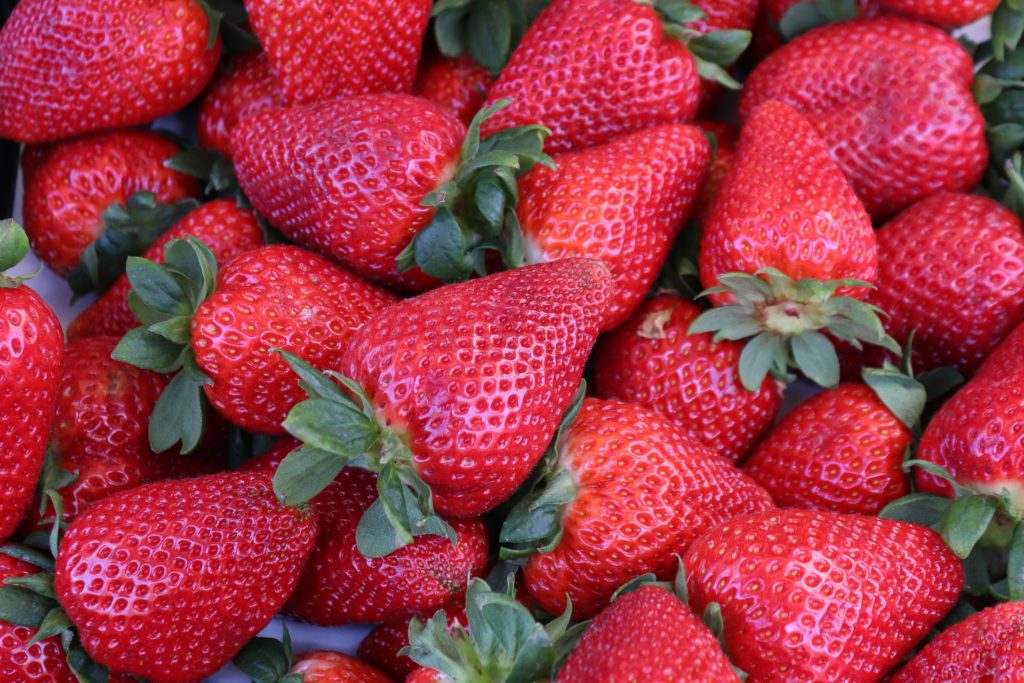
Strawberries can be planted in May for optimal growth before hotter summer weather hits. Space plants adequately (around 12-18 inches apart) to ensure good airflow and access to sunlight. Regular watering is essential; mulch around the plants helps retain moisture and suppress weeds. Consider using certified disease-resistant varieties to improve harvest success.
Blueberries
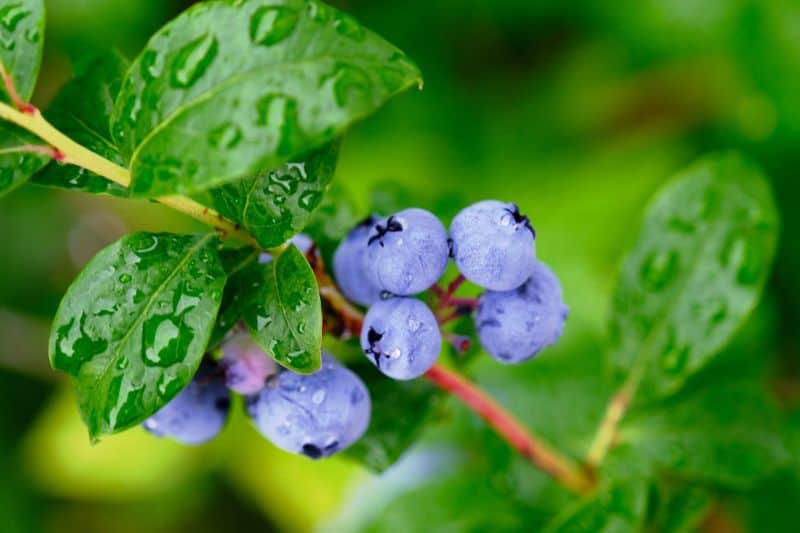
Blueberries prefer acidic soil with a pH of 4.5 to 5.5. When planting in May, ensure they have full sun and consistently moist, well-drained soil. Mulching with pine needles can improve acidity and retain moisture. Blueberries benefit from cross-pollination, so consider planting multiple varieties to ensure better fruiting.
Raspberries
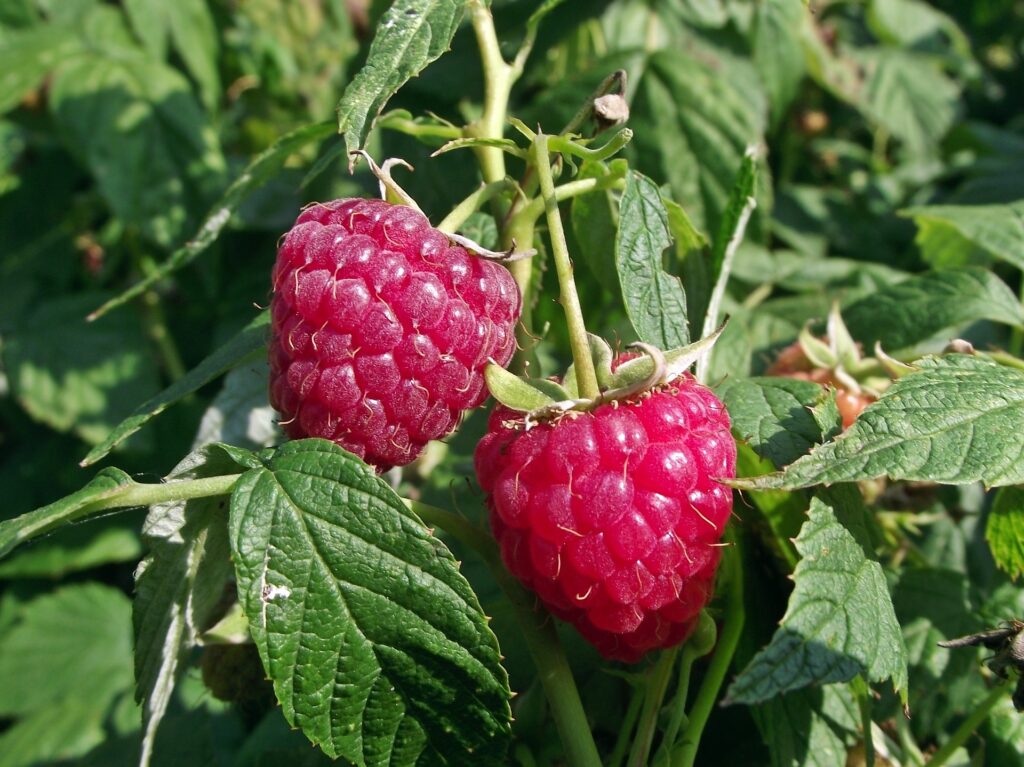
Raspberries thrive in well-drained soil and need full sun for optimal yields. Inter-row planting with other blooms can enhance garden aesthetics while encouraging pollinators. Trim back existing canes before planting to promote new growth. Pruning older canes after harvest encourages vigorous new growth.
Blackberries
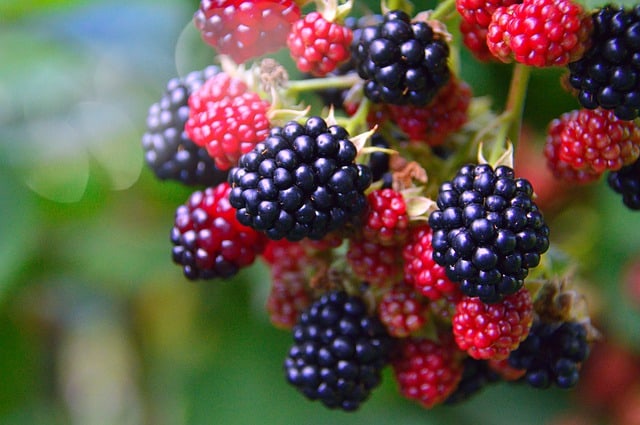
Blackberries should be planted in May while ensuring sufficient sunlight and drainage. Plant in rows spaced adequately to prevent overcrowding. Prune new growth as necessary to encourage larger fruit development, taking care to support the vines to avoid tripping hazards in the garden.
Melons

Melons are particularly sensitive to temperature fluctuations; thus, planting them in May allows for growth during warm conditions. Space them adequately to accommodate sprawling vines. Ensure consistent watering to avoid stunted or bitter fruits, and consider using organic mulch to retain moisture.
Grapes
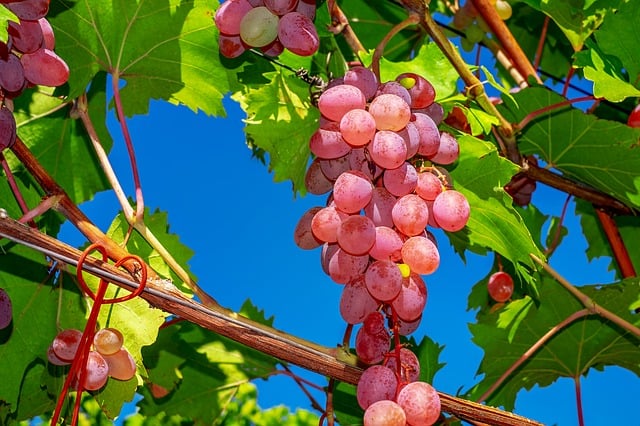
Planting grapevines in May allows them to establish roots and flourish in Zone 8’s warmth. Grapevines love sunny spots and require well-drained soil. Ensure to provide adequate support for growth (such as trellises) and regular pruning to promote better airflow around the fruit clusters.
Figs
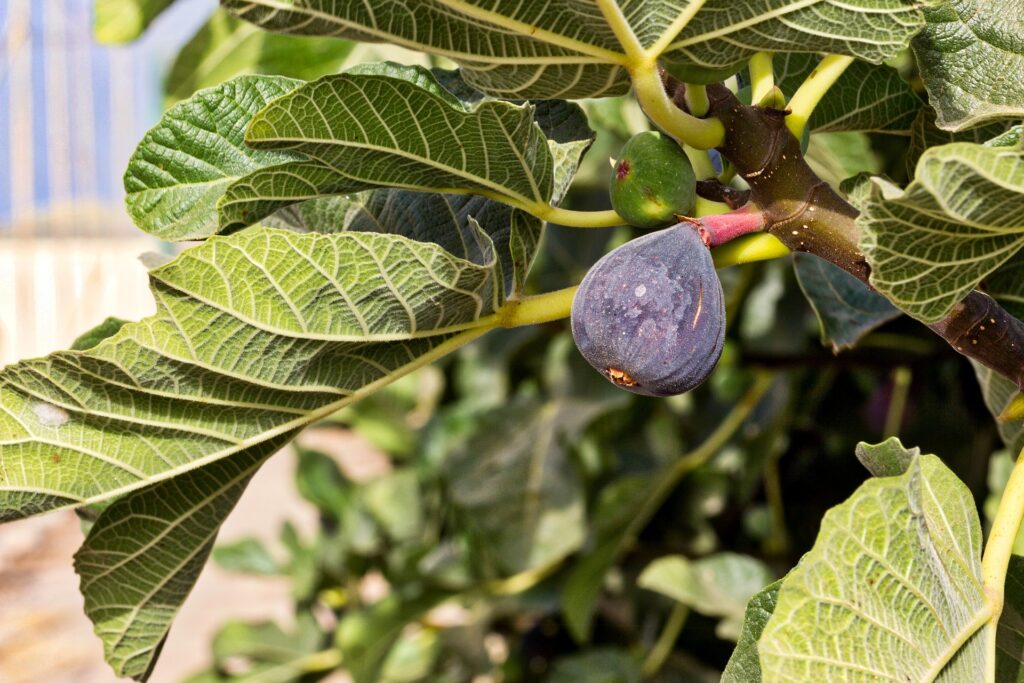
Figs thrive in warm climates and prefer full sun. When planting in May, adequate spacing (5 to 10 feet apart) is essential for airflow. Water established trees during dry periods and apply a balanced fertilizer to support fruit production. Protect young trees from frost during their early years.
Peaches
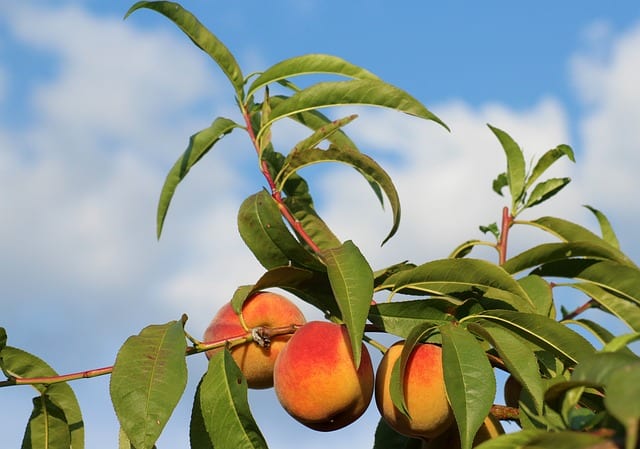
When planting peach trees in May, ensure they have plenty of sun and well-drained soil. Space them adequately to ensure good airflow and minimize disease risks. Pruning young trees encourages strong branch development, and regular watering during summer is essential for fruit quality.
Plums
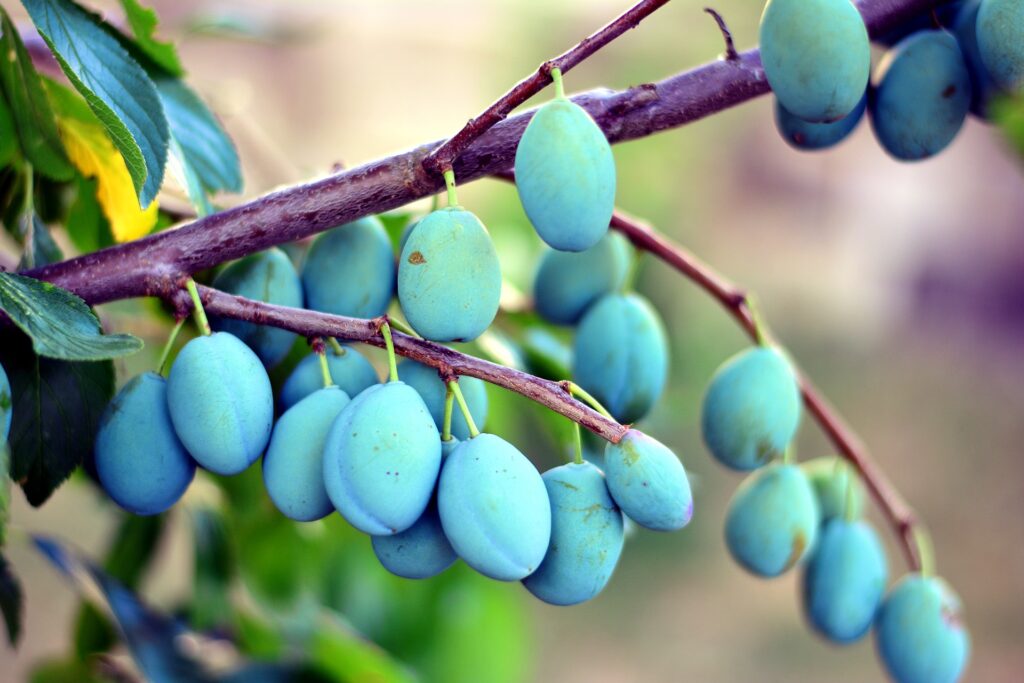
Plum trees should be planted in May to ensure robust growth before high summer heat. Various varieties thrive, so select ones suited to your climate. Ensure they get full sunlight, and regularly water during the growing season to secure a good harvest.
Apples
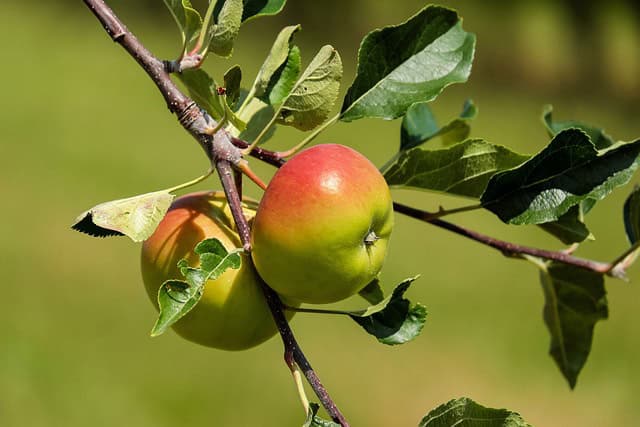
While traditionally planted early, some apple varieties can be planted in May in suitable conditions. Dwarf varieties work well in small spaces and should be placed in well-drained soil with adequate sunlight. Proper annual pruning encourages bushy growth and plentiful fruit.
Herbs To Plant
Herbs add a culinary touch to meals while enhancing garden biodiversity. Here’s a more detailed examination of ten herbs that thrive when planted in May:
Basil
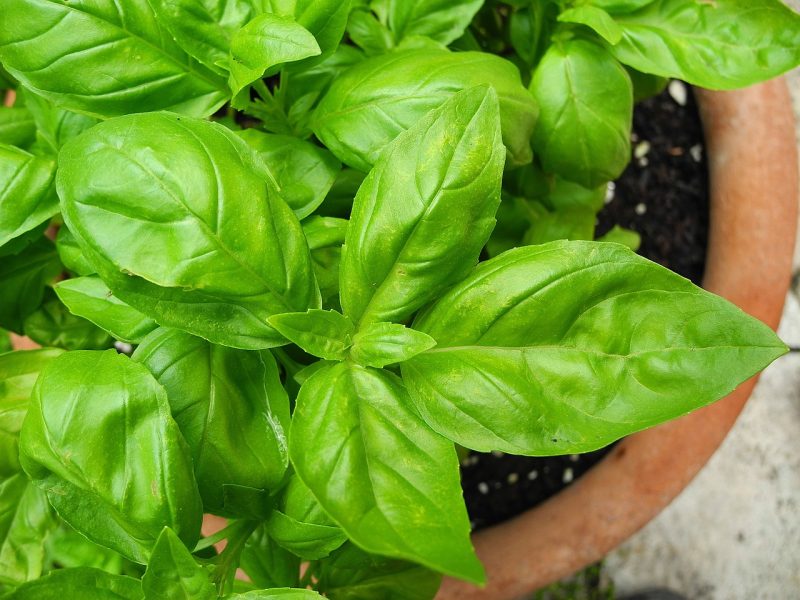
Basil is a favorite culinary herb that grows best in well-drained, nutrient-rich soil and needs 6 to 8 hours of sunlight daily. Water regularly but allow the soil to dry slightly between watering to avoid root rot. Pinching back leaves encourages bushier growth, providing a continuous harvest throughout the summer.
Cilantro
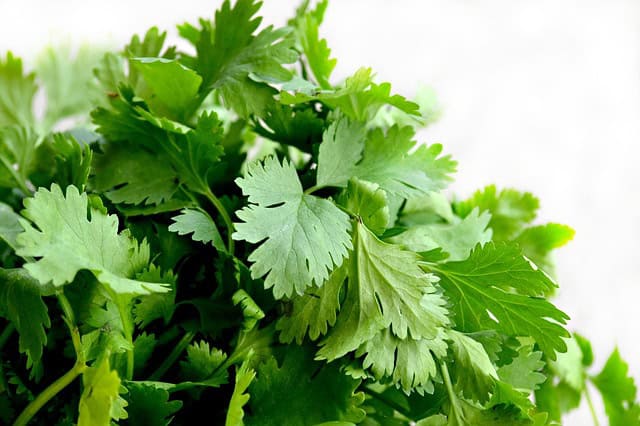
Cilantro can be started directly in the garden in May; however, it prefers cooler weather, so be prepared for it to bolt in high heat. Space plants adequately to allow for good airflow and monitor watering carefully to keep the soil evenly moist.
Parsley
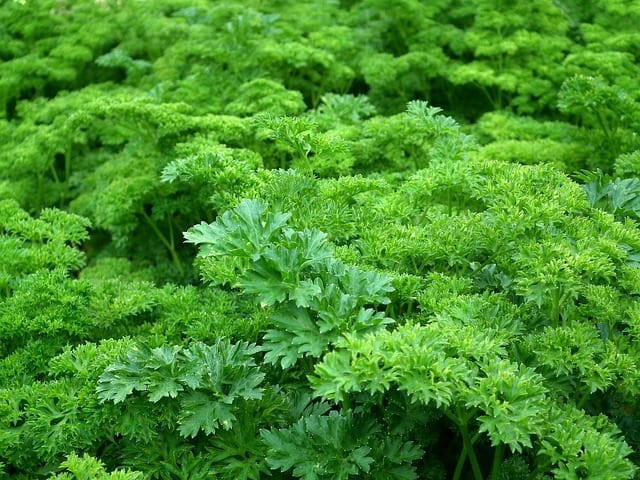
Parsley can be sown directly in well-drained soil, ensuring full sunlight. Regular harvesting throughout the growing season encourages frequent and bountiful regrowth. Fertilizing with a balanced organic mix will also enhance growth.
Thyme
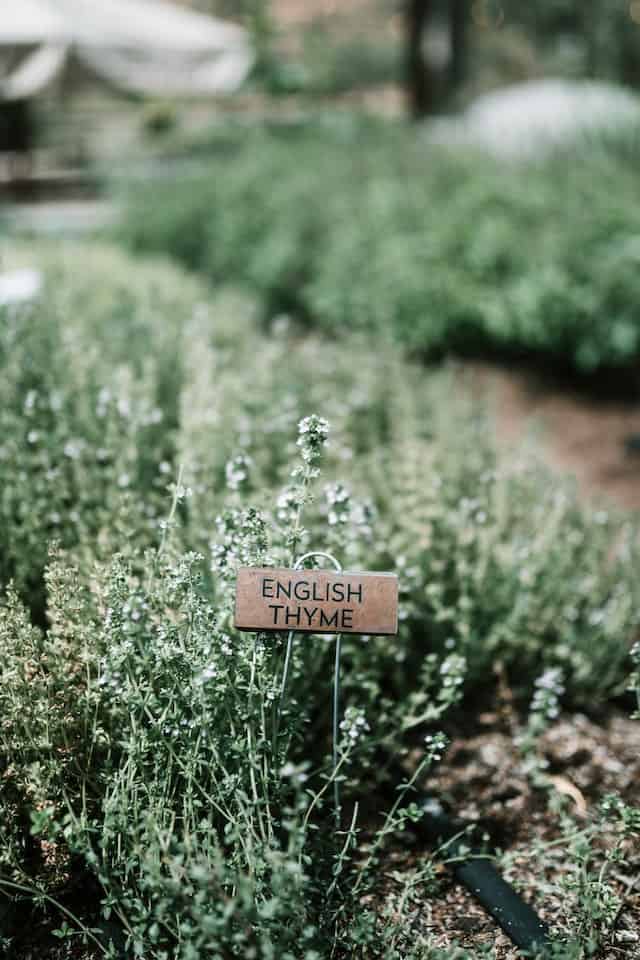
Thyme prefers sandy well-drained soil with full sunlight. Once established, it requires minimal watering, making it very low-maintenance. Pinching back growth regularly encourages thicker foliage that enhances the aroma for culinary uses.
Oregano
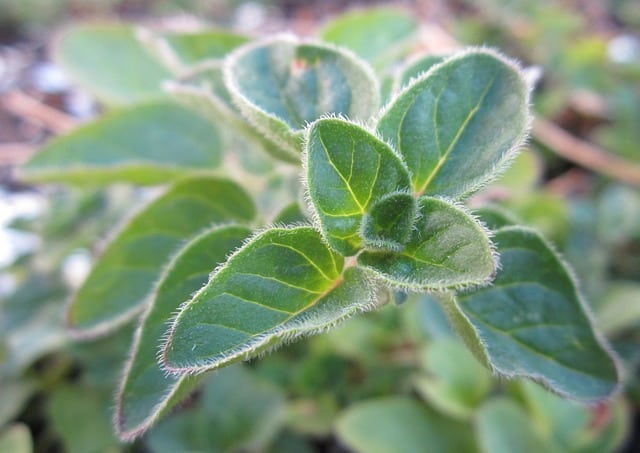
Oregano is a hardy Mediterranean herb that prefers dry conditions. When planting it in May, ensure you provide well-drained soil to prevent root rot. Regular harvesting not only provides fresh herbs for cooking but also promotes bushier growth.
Rosemary
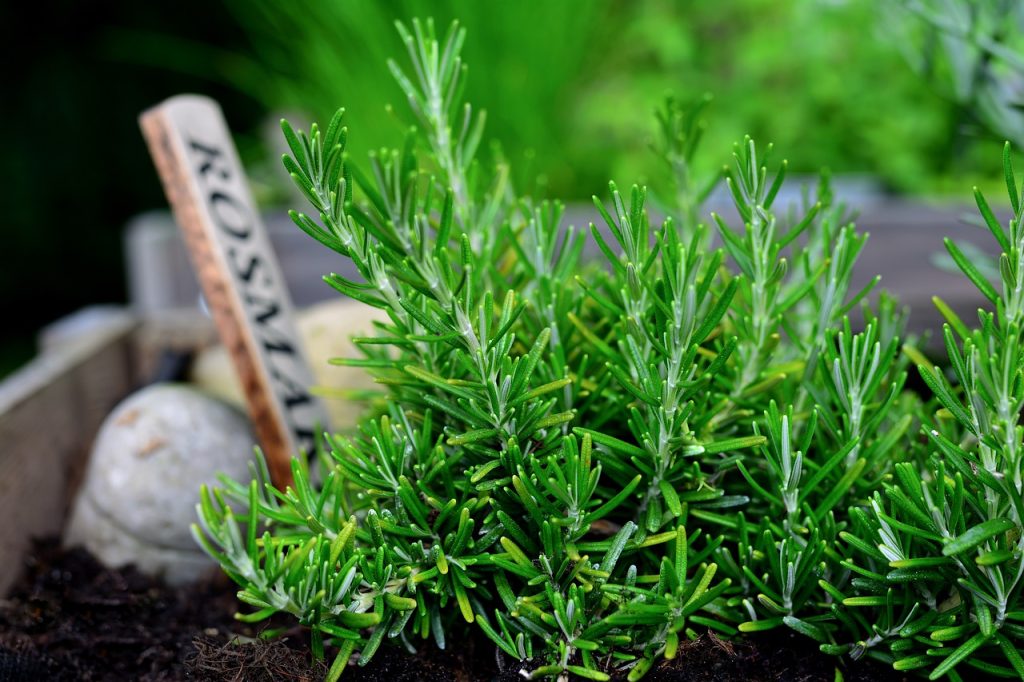
Rosemary is a fragrant perennial herb requiring full sun and well-drained soil. Water sparingly once established, as it can tolerate dry conditions. Regular pruning after flowering encourages bushier growth and can also encourage denser foliage.
Sage
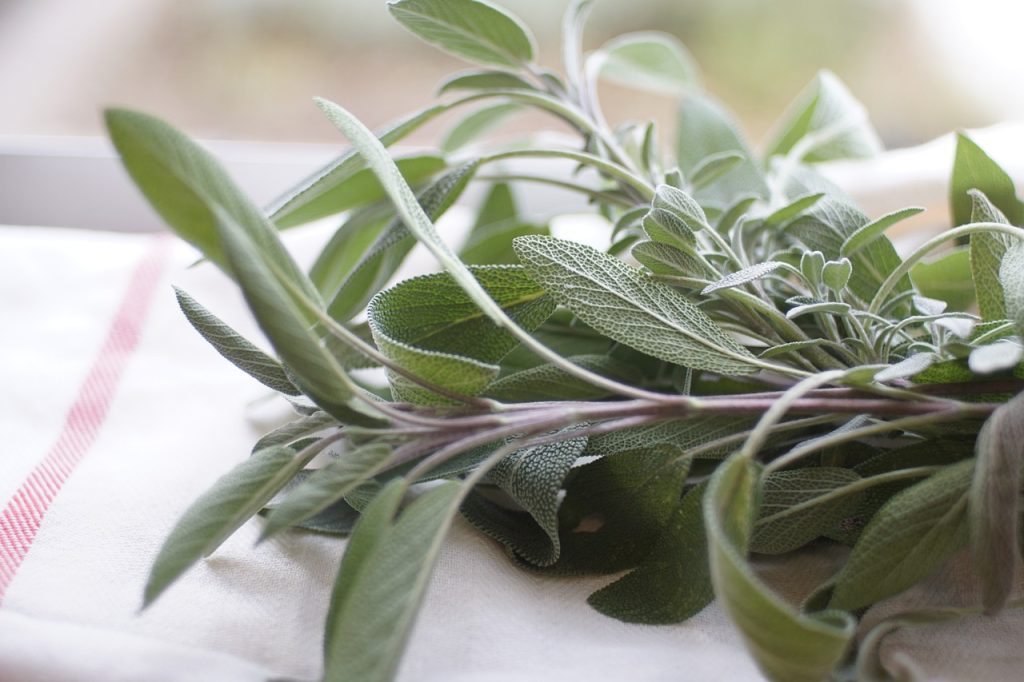
Sage thrives in full sun and dry, well-drained soil. Regular watering during establishment helps, but mature plants prefer to stay on the drier side. Harvest throughout the summer, removing older leaves to encourage new growth and maintain plant health.
Dill
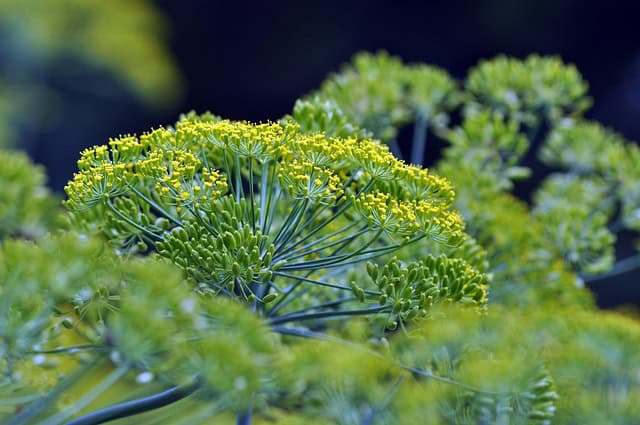
Dill prefers cooler temperatures, so it’s best planted in succession throughout the spring. Regular harvesting avoids aprons and encourages bushier growth. It has a delicate root system, so handle young plants carefully when transplanting or thinning.
Mint
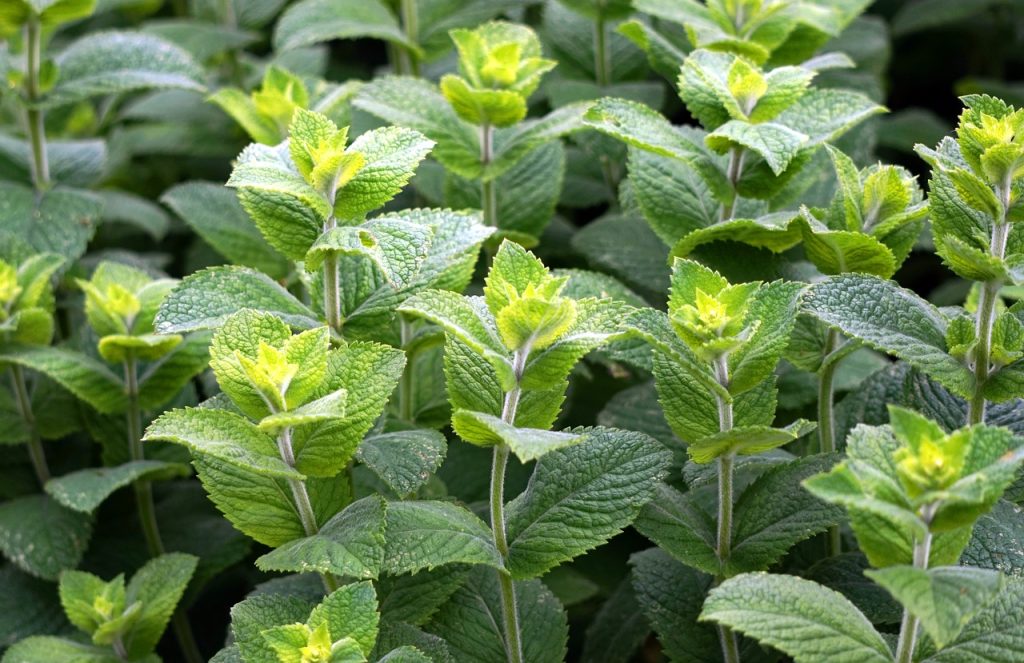
Mint can spread aggressively, so it’s best grown in contained areas or pots. Plant in well-drained soil and monitor for soil moisture. Regular harvesting keeps it from flowering too soon, allowing for fresh leaves throughout the hot months.
Chives
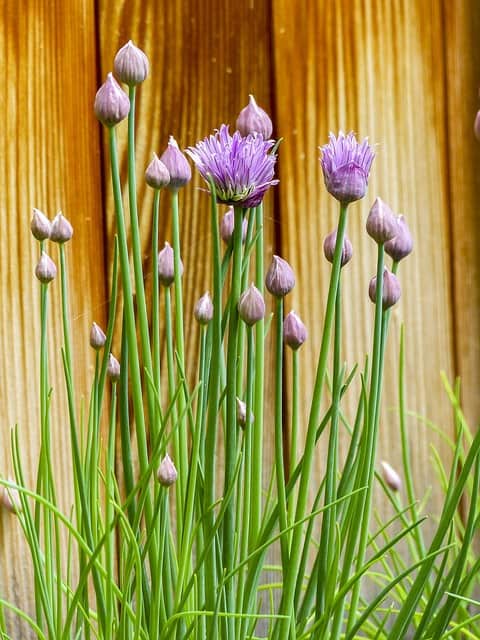
Chives thrive in various soil conditions, ideally in well-drained locations with plenty of sunshine. They require minimal attention once established. Regular trimming will keep the grass-like leaves healthy and promotes more dense foliage.
Warm Weather Landscape Plants To Plant
For a vibrant outdoor space, choose landscape plants that thrive in the warmth of summer. Here are ten fantastic options for growing in Zone 8 that require specific considerations for May planting:
Lantana

Multicolored lantanas thrive in full sun and are drought-tolerant once established. These hardy blooms can attract butterflies, enhancing garden life. Space them adequately in landscape beds for better airflow. Regular deadheading ensures prolonged blooming, while pruning in spring encourages bushier growth.
Hibiscus
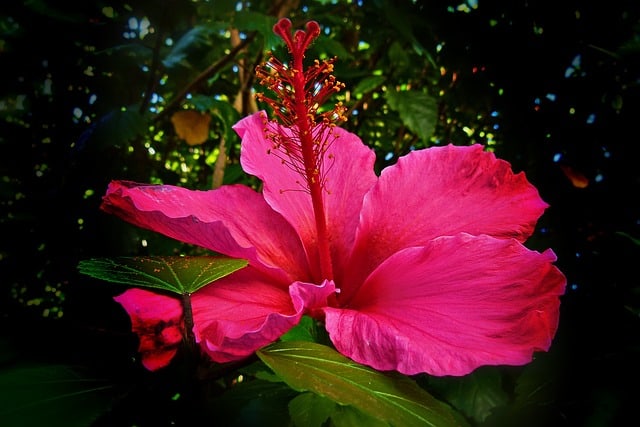
Hibiscus not only provides tropical flair but also continuous summer blooms. These beauties thrive in sunny conditions and require moist, well-drained soil. Fertilizing with a balanced mix once a month during the growing season will result in vibrant flowers. On cooler nights, ensure they’re protected from frost to establish well.
Coreopsis

Plant coreopsis in well-drained soil with full sun to encourage their happy blooming. Deadheading spent flowers can extend the blooming period of this hardy perennial. Once established, coreopsis are drought-tolerant, making them versatile garden companions.
Juniper
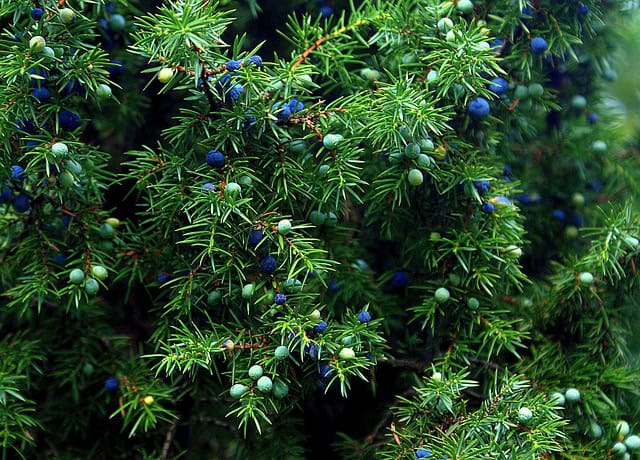
Junipers are excellent for low-maintenance landscapes. Plant them in well-drained soil and full sunlight, ensuring adequate spacing to prevent overcrowding in your garden. They are adaptable to various conditions but thrive with minimal watering once established.
Knock Out Roses
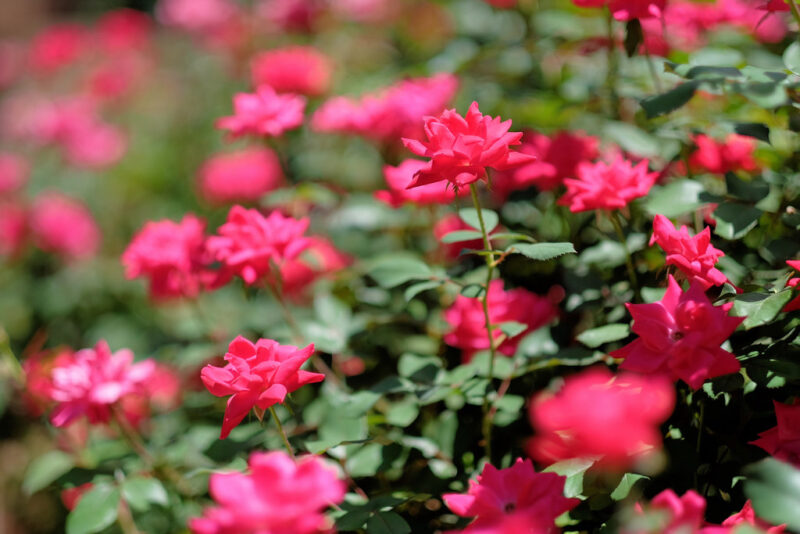
Knock Out roses are perfect for amateurs and experienced gardeners. They thrive in full sun and well-drained soil, yielding continuous blooms. Pruning before new growth emerges each spring helps maintain shape and allows for better blooms throughout the season.
Sedum

Providing beauty and resilience, sedums are perfect for sunny patches or rock gardens. They thrive in poor, well-drained soil, needing little water once established. Regularly check for voracious predators, but during dry spells, they are low maintenance and require little attention.
Forsythia
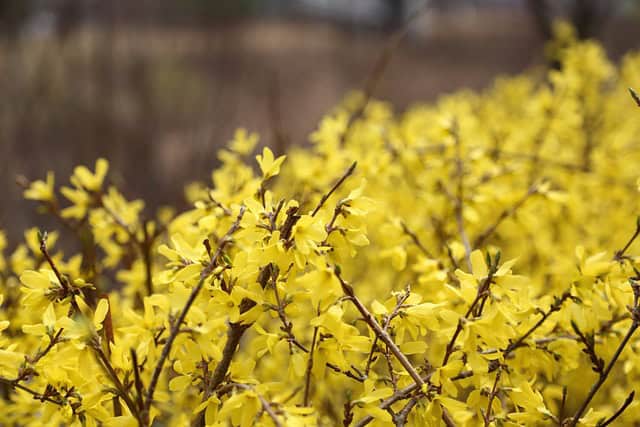
Forsythia’s cheerful yellow flowers signal spring and provide stunning contrast in landscapes. They perform best in full sun to partial shade. Pruning after blooming can enhance growth and healthy branching, ensuring attractive foliage for the remaining growing season.
Ornamental Grasses
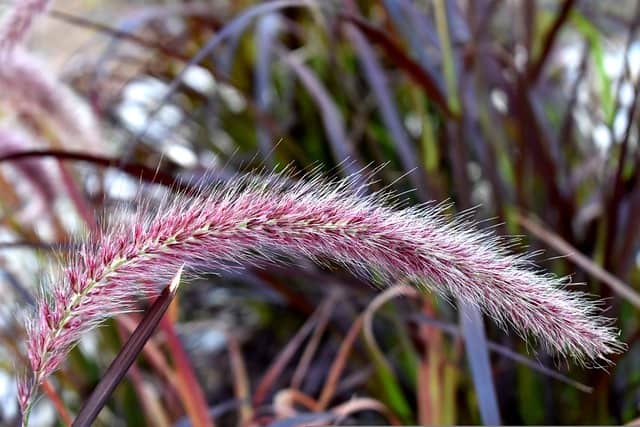
Adding ornamental grasses ensures texture and movement in your landscape. They thrive in full sun and can adapt to various soil types. Regular cutting back in late winter enhances new growth and keeps these plants healthy during a competition with perennials.
Flowering Dogwood
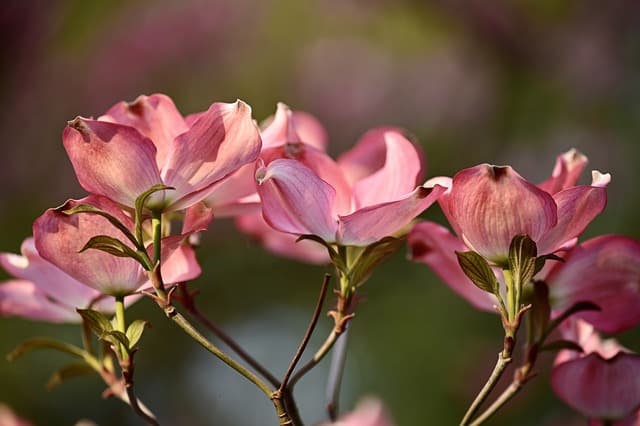
Flowering dogwood is visually stunning and attracts birds to your landscape. Planting these deciduous trees in well-drained soil ensures proper establishment. They prefer partial shade and consistent moisture during their first growing season.
Hydrangeas
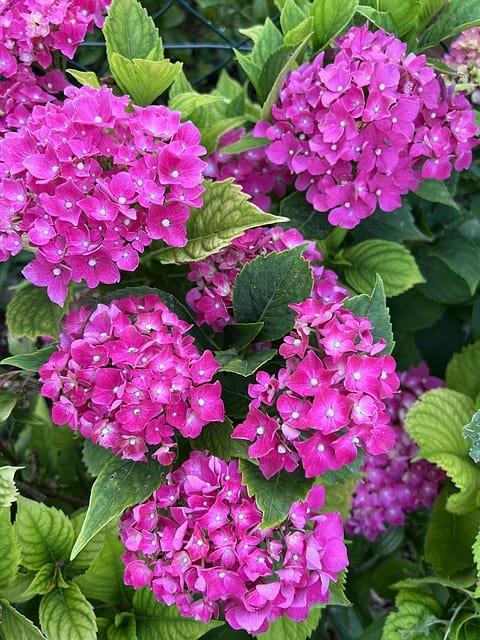
Planting hydrangeas in May allows for ample growth before summer’s heat sets in. They thrive in rich, well-drained soil with slight afternoon shade. Depending on the variety, soil acidity will determine flower color, so monitor pH levels for desired hues.
FAQ
What are the best planting practices for May in Zone 8? Monitoring soil temperature as it warms is critical, alongside ensuring no risk of frost remains. Incorporating organic matter like compost enriches soil, while regular watering, particularly during establishment, will significantly enhance success.
How can I extend the growing season for vegetables planted in May? Establishing young plants with season-extending techniques—such as using row covers, cold frames, or hoop houses—can buffer them from unexpected weather. Incorporating heat-tolerant varieties into your garden will maximize yield and minimize adverse conditions.
What types of soil amendments should I consider for planting? Regular soil testing is vital for understanding nutrient deficiencies. Incorporating amendments such as peat moss, compost, or other organic matter will create a well-rounded soil structure, boosting nutrients and moisture retention throughout the growing season.
Can I start seeds indoors for later transplanting? Yes, starting seeds indoors gives plants a head start. However, ensure hardening off for at least a week by gradually introducing them to outdoor conditions. Monitoring moisture levels will encourage robust, healthy seedlings during outdoor transplantation.
How do I know when to harvest my fruit and vegetables? Harvesting indicators vary among crops; assessing color, firmness, and size are general rules to follow. Referring to seed packets or plant guides for specific plant harvest characteristics will help you understand the optimal timing for each crop.


